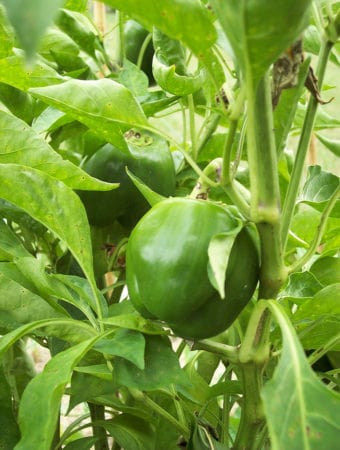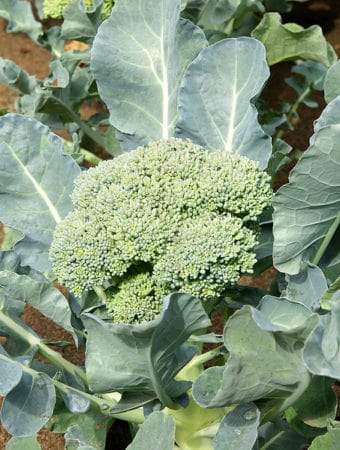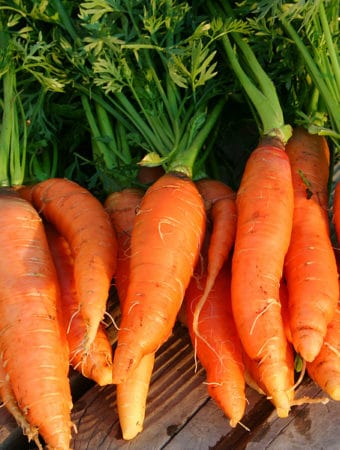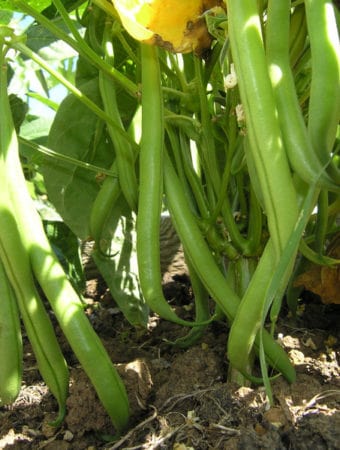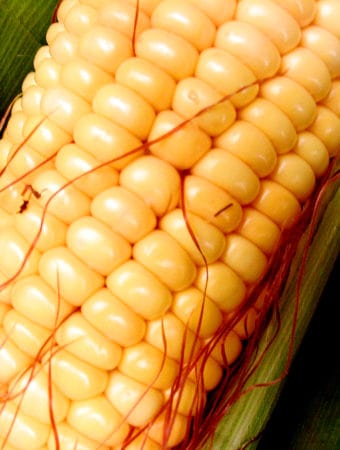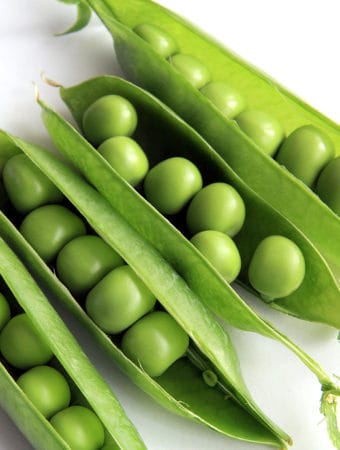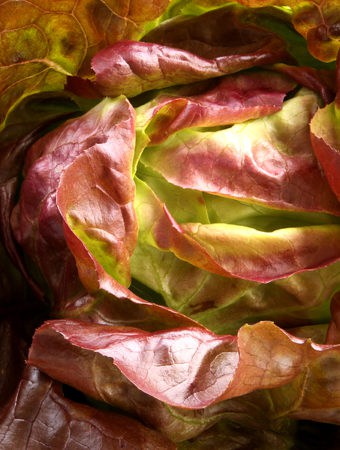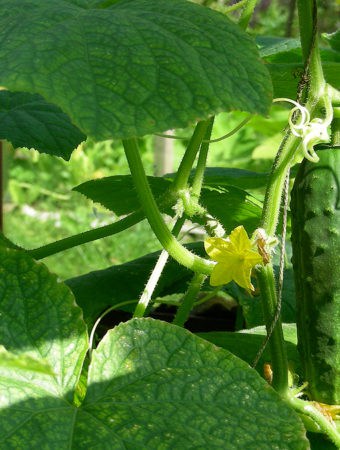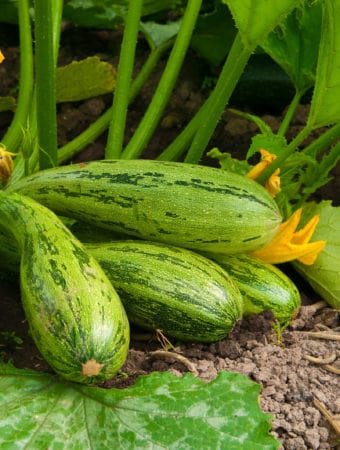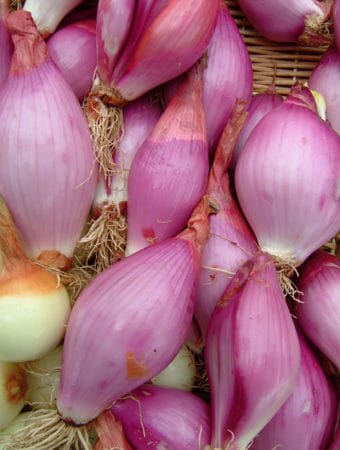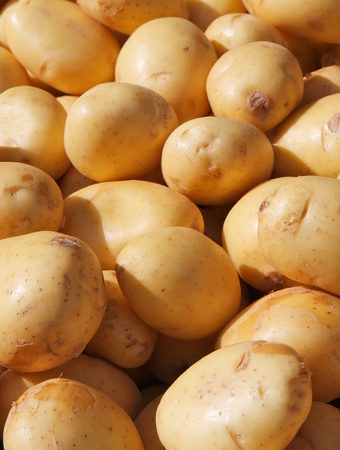Tomatoes and peppers drop their blossoms when environmentally stressed. But when conditions are less extreme, a plant that has dropped its blossoms will flower again, set fruit, and be productive.
Temperatures too cold or too hot; weather too dry or too wet; soil too nutrient-rich or deficient are the most common reasons tomatoes and peppers drop their blossoms.
Best tips on How to Grow Tomatoes and How to Grow Peppers
Good Products for Growing Tomato Family Crops:
- Espoma Garden Tone 3-4-4 Fertilizer
- Epsom Salt Plus Plant Nutrients Magriculture
- Tomato Grower’s Answer Book
- Neem Bliss 100-% Cold Pressed Neem Oil
- Safer Brand Insect Killing Soap
- Monterey BT Caterpillar Killer
- Southern Ag Liquid Copper Fungicide
- Harris Diatomaceous Earth with Duster
- Natures Good Guys Beneficial Nematodes
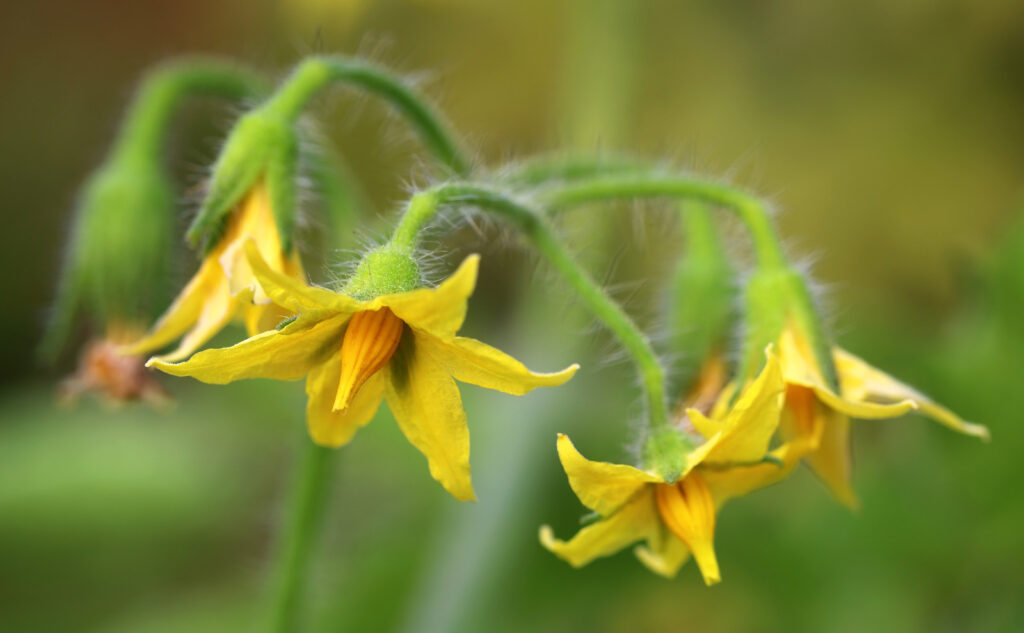
Causes of tomato and pepper blossom drop
• Night temperatures below 60°F (16°C). Cover plants with floating row covers or plastic tunnels until temperatures warm. Wait to set out plants until night temperatures are warmer.
• Daytime temperatures above 85°F (29°C). Put shade cloth structures over plants to protect them from direct rising temperatures. Irrigate planting beds with cool water. In hot summer regions, time planting so that plants flower and set fruit before average daytime temperatures are too warm.
• A sudden shift from hot spells to cool temperatures. If cool temperatures are forecast, protect plants with floating row covers or plastic tunnels.
• Low soil moisture as a result of drought or lack of irrigation. Keep the soil evenly moist; avoid letting the soil go dry, and avoid overwatering to compensate for not watering. Work moisture-retentive aged compost into planting beds.
• Too much soil moisture as a result of rain. If summer rain is frequent, plant in well-draining raised beds or grow plants on mounds. Spread plastic around plants so that excess water runs off into furrows.
• Hot, dry wind. Plant or erect windbreaks to keep winds from reaching the crop. Plant a dense hedge upwind of the garden or erect a windbreak or fence.
• Too much nitrogen in the soil. Excess nitrogen can cause rapid, succulent growth and disrupt a plant’s metabolism. Avoid high-nitrogen soil additives such as bloodmeal and fresh manures. Use low-nitrogen fertilizers such as weak compost tea or side-dress plants with aged compost, a balanced soil amendment.
• Too little nitrogen, potassium, or phosphorus in the soil. Give plants an even fertilizer—not too much nitrogen, phosphorus, or potassium. Work aged compost into planting beds twice a year; the nutrients in aged compost are evenly balanced.
• Tarnished plant bug. The tarnished plant bug feeds on vegetable flower stems. The tarnished plant bug is ¼ -inch long, oval, flat, and brownish. Control this bug by spraying with pyrethrum or dusting with sabadilla.
• Verticillium and fusarium wilt. Fungal diseases leave plants stressed and fighting to survive; blossoms drop as the plant fights to overcome the disease. Prevention is better than cure when it comes to disease: make sure soil is well-drained; avoid overhead irrigation; space plants allowing for air circulation; eradicate weeds; remove and destroy infected plants; don’t plant members of the tomato and pepper family in the same spot two years in a row once disease hits.
Let plants set blossoms again
Tomato and peppers that suffer from environmental stress and drop their blossoms but do not succumb will commonly blossom again and set fruit once conditions improve. If plants experience early season or unexpected stress, give them optimal growing conditions as best you can and allow them to grow on. Many short-season or early-season tomatoes and tomatoes bred for hot summers are predisposed to resist early-season stress and blossom drop. Tomatoes that resist blossom drop include Big Early, Floramerica, Hot-set, New Yorker, Porter, Red Cherry, Tiny Tim, and Walter.
Growing tomato tips: How to Grow Tomatoes and How to Grow Peppers
Related articles:
Vegetable Garden Organic Weed Control
Vegetable Garden Organic Pest Control
Tomato articles at Harvest to Table:
How to Plant and Grow Tomatoes
How to Choose a Tomato for Your Garden
Growing Tomatoes in Containers
Growing Early Season Tomatoes for Great Taste
Epsom Salt, Milk, and Organic Fertilizers for Tomatoes and Peppers
How to Prevent Blossom Drop – Tomatoes and Peppers
How to Harvest and Store Tomatoes
Nine Ways to Cook and Serve Tomatoes
Tomato Sauce–Basic, Herbed, or Vegetables Added
How to Make Tomato Juice Simply
How to Home Can Tomatoes for Beginners
How to Sun Dry and Oven Dry Tomatoes
Tomato Growing Problems Troubleshooting
How to Prevent Tomato Blossom Drop
How to Identify Early Blight, Late Blight, and Leaf Spot
Tomato Hornworm Organic Pest Control
Garden Planning Books at Amazon:
- Tomato Grower’s Answer Book
- Vegetable Garden Almanac & Planner
- Kitchen Garden Grower’s Guide Vegetable Encyclopedia
- Vegetable Garden Grower’s Guide



